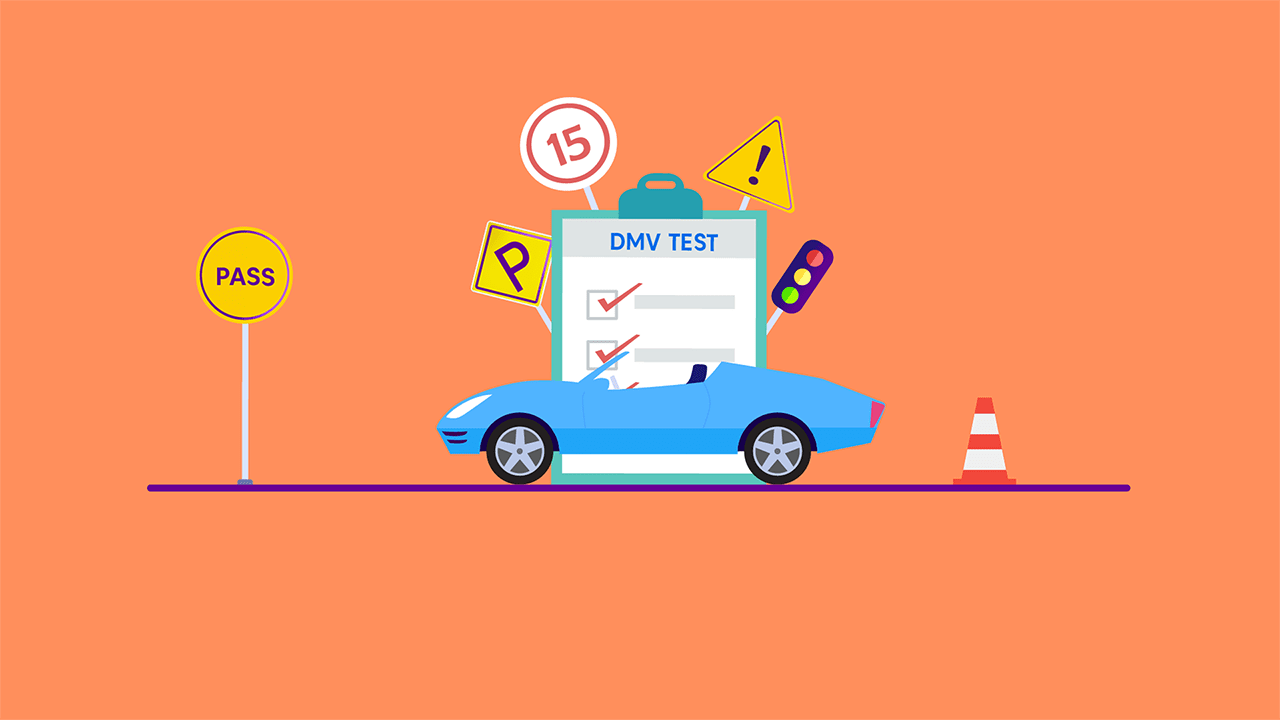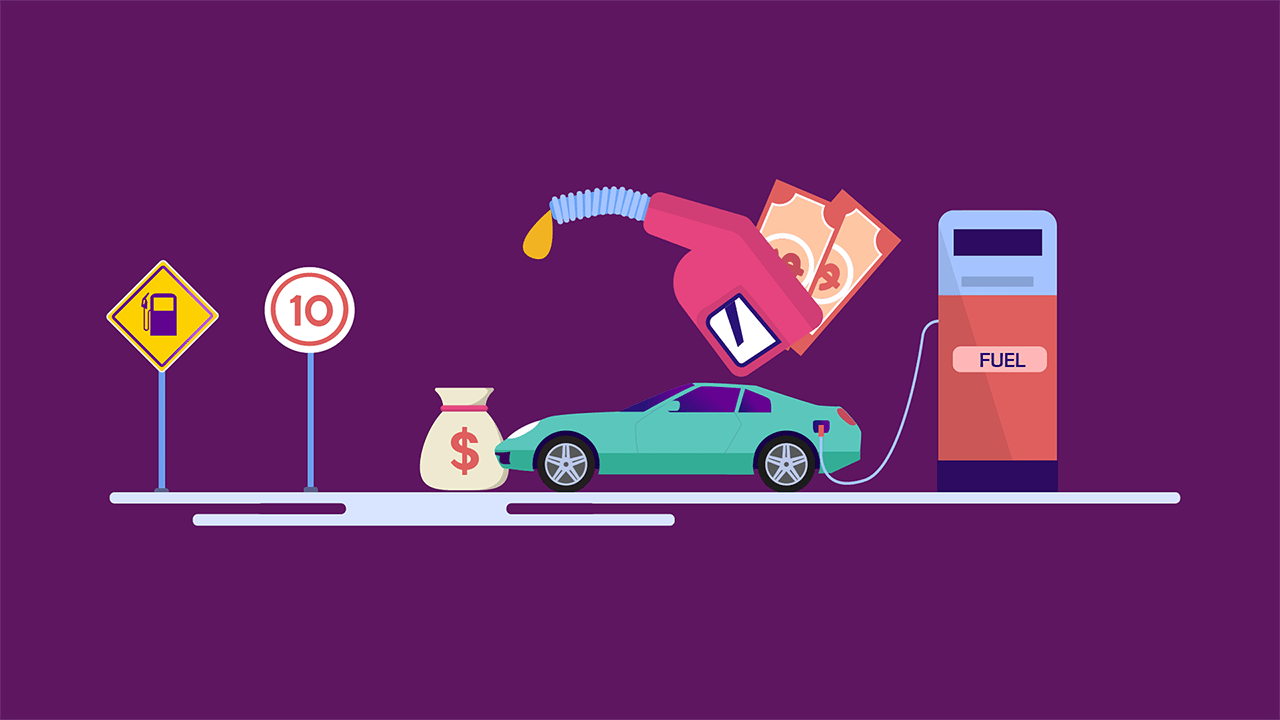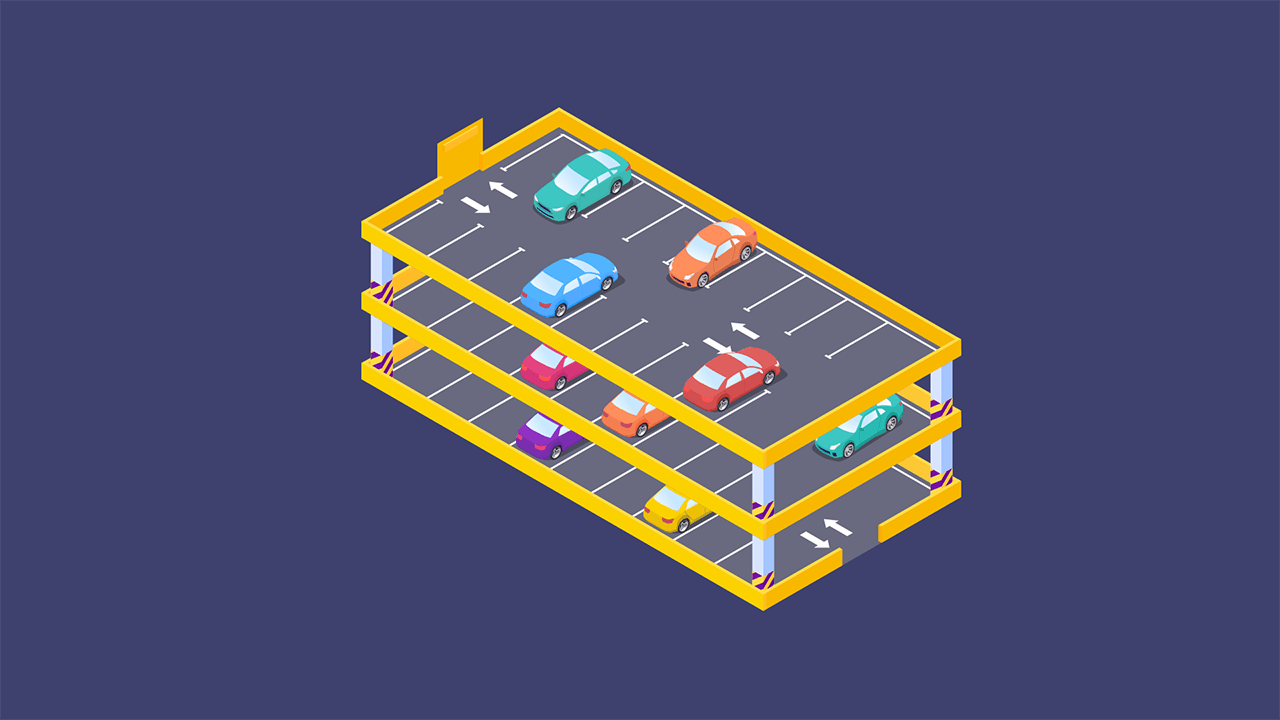Understand Trailer Hook-Up: 7 Easy Steps for Safe Towing
By Umm e Hani on Apr 05, 2024
Contents
- Let’s See How You Can Select The Correct Ball Hitch For Your Situation
- 7 Steps for A Trailer Attachment
- That’s A Wrap!
- FAQ
At times, you'll want to attach a trailer to your SUV or truck for towing. These vehicles often have a towing package allowing you to use a ball hitch and connect the trailer's electrical system to your vehicle. However, ensure your vehicle has the correct-sized ball hitch for your specific trailer before you begin.
Let’s See How You Can Select The Correct Ball Hitch For Your Situation
Choosing the right ball hitch for your needs involves a few key steps
Know Your Trailer Weight
Determine the weight of the trailer when it's fully loaded. This is crucial as hitches are rated based on the weight they can safely carry.
Check Hitch Class
Hitches are categorized into different classes based on their weight-carrying capacity. Class I is for lighter loads, while Class V can handle heavier ones. Match the hitch class to your trailer's weight.
Ball Size Matters
Trailers have different coupler sizes, so make sure your hitch's ball size matches the coupler size on the trailer. Common sizes are 1 7/8", 2", and 2 5/16".
Tongue Weight
Ensure the hitch's tongue weight rating is suitable for your trailer. This is the downward force the trailer exerts on the hitch. It should be within the hitch's specified range.
Check Your Vehicle's Towing Capacity
Verify that your vehicle can safely tow the trailer's weight. This information is available in your vehicle's manual or online.
Consult an Expert
When in doubt, seek professional advice or check the manufacturer's guidelines to make certain you have the right ball hitch for your specific towing needs.
7 Steps for A Trailer Attachment
Let’s look at some of the important steps for a trailer hook up:
- When connecting a hook trailer, having a helper guide your steering while you back up is beneficial. If you're alone, you might need to get out of your vehicle multiple times to check your position relative to the trailer's front end.
- Before reversing, use the hand crank to lift the trailer's hitch a few inches above your bumper's ball hitch. Ensure your vehicle's ball hitch aligns directly beneath the trailer hitch, which is crucial for heavy trailers. Verify that the trailer hitch is unlocked, with the handle forming a right angle with the trailer's neck.
- Utilize the trailer's hand crank to lower the trailer's hitch, ensuring it securely fits over your vehicle's ball hitch. The ball should snugly fit inside the rounded space at the end of the trailer's neck.
- After attaching the trailer, employ the hand crank to raise the trailer's wheel. Position the wheel parallel to the trailer's neck and secure it in place.
- To ensure a secure attachment, orient the handle so that it aligns parallel to the trailer's neck, indicating the locked position. Then, insert the pin into the handle. This action effectively safeguards the trailer, preventing it from disconnecting from your vehicle's ball hitch while in transit.
- The majority of trailers come with two chains equipped with sizable hooks at the ends, serving as a safety measure. If, by chance, your trailer disconnects from the ball hitch, these chains act as a safeguard to prevent your vehicle from fully separating. Cross these chains over each other and fasten them to your vehicle's trailer hitch from beneath. Twist the chains to make them shorter and prevent them from dragging. This way, the hooks stay securely attached.
- Connect the trailer's electrical plug to your vehicle's electrical system. Prior to hitting the road with a trailer, test its lights, brake lights, and turn signals. It's crucial never to drive with a trailer that doesn't have a compliant electrical system meeting all traffic safety regulations.
Remember, in many states, all types of trailers must have a license plate. Ensure your trailer has the correct tag before taking it on the road.
Once you've grasped the steps for attaching a trailer, it's essential to take the time to practice. Practical experience is invaluable, especially if you don’t know how to hook up a trailer or you're new to towing or haven't done it for a while. Look for a quiet road or an open parking lot where there's minimal traffic to conduct your practice sessions.
That’s A Wrap!
Practicing with a trailer in a quiet, controlled setting is a proactive step toward mastering the skill of trailer attachment and towing. It enhances your confidence, helps you develop your towing abilities, and ensures that you can efficiently and safely transport a variety of loads, whether for leisure or utility purposes.
FAQ
How To Back Up With A Trailer?
When reversing with a trailer, turn your steering wheel in the opposite direction you want the trailer to go. Go slow, use small adjustments, and practice to become more adept.
Can You Put A Trailer Hitch On Any Car?
You can add a trailer hitch to many cars, but it depends on the vehicle's capacity and design. Not all cars can safely tow trailers, so check your car's specifications.
How To Hook Up A Trailer To A Truck?
Follow the steps outlined in the guide provided earlier, ensuring the proper hitch size, a secure attachment, and functioning lights. This ensures a safe connection.
How Does A Trailer Hitch Work?
A trailer hitch is a device that connects a trailer to your vehicle. It has a ball mount to which the trailer coupler attaches, and it allows for pivoting to allow turns while keeping the trailer connected. The hitch's capacity should match the trailer's weight.


